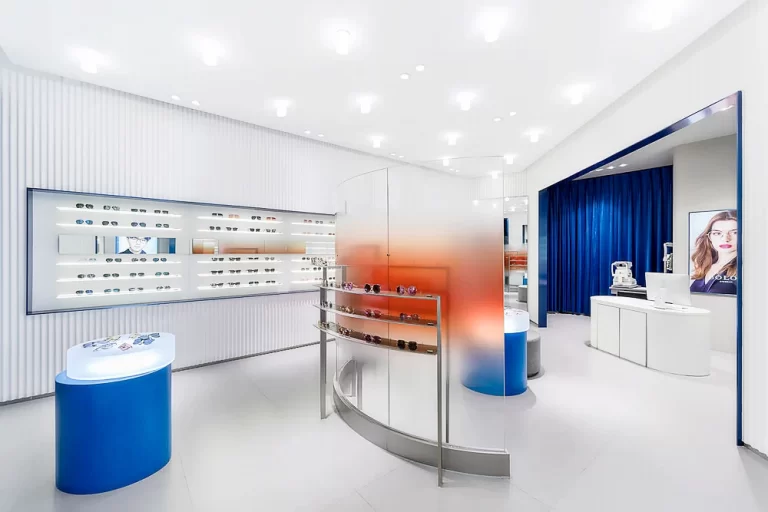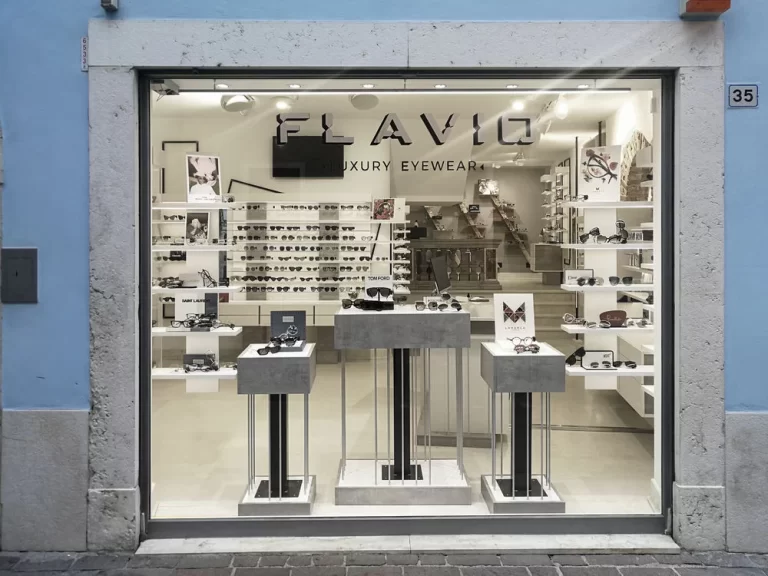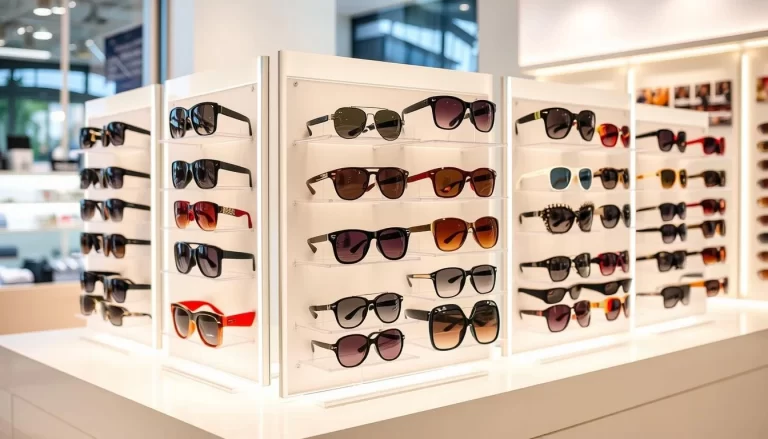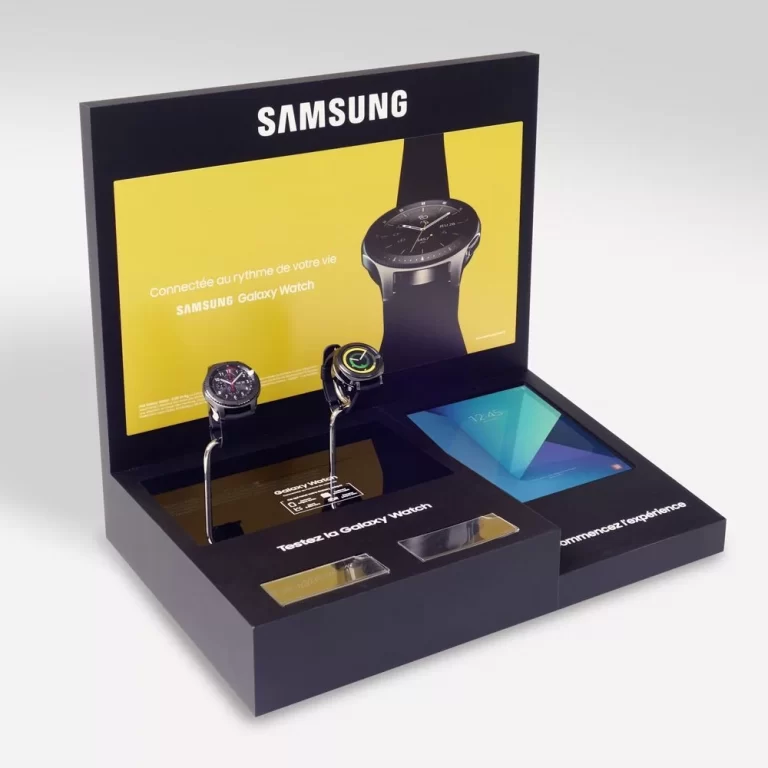How Optical Stores Attract Customers: A Comprehensive Guide for the US Market
In the competitive eyewear industry, optical stores must go beyond simply selling glasses to create memorable experiences that resonate with modern consumers. From innovative interior design to digital-first strategies, attracting customers requires a blend of aesthetics, functionality, and emotional connection. This article explores actionable tactics for optical retailers to stand out in the US market, with a focus on optical interior design and customer-centric approaches.
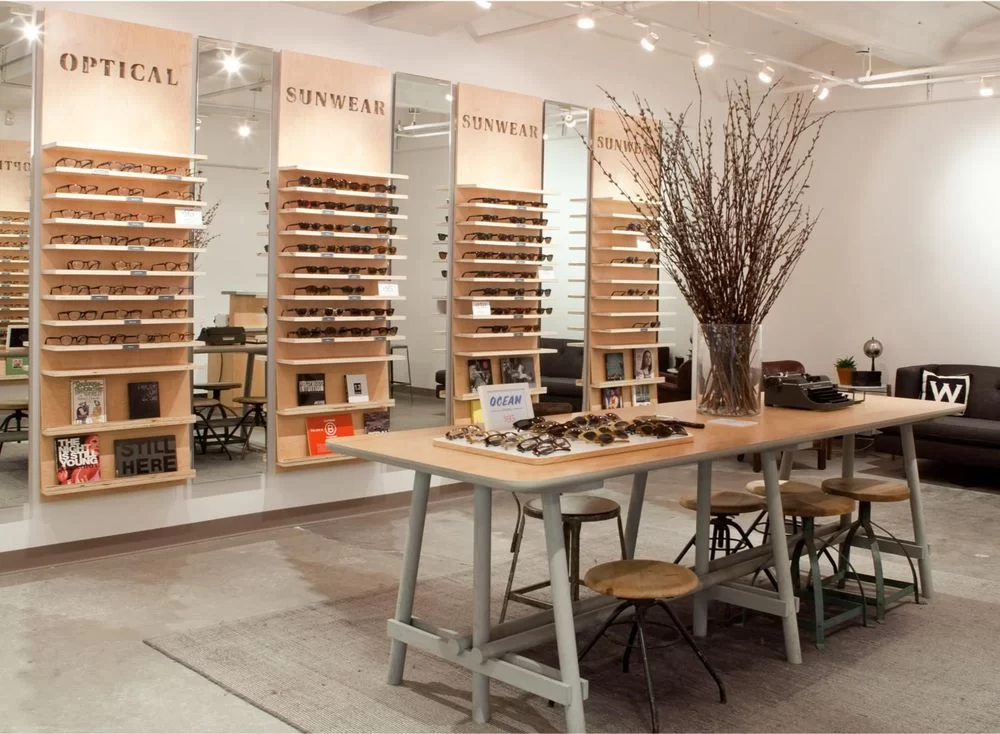
1. The Power of Optical Interior Design
Creating a Welcoming Atmosphere
Optical interior design is not just about aesthetics—it’s a strategic tool to shape customer perceptions. Stores that prioritize clean lines, natural lighting, and minimalist layouts align with the preferences of US consumers who value clarity and sophistication. For example, using neutral tones like beige or soft gray for walls can evoke calmness, while strategically placed mirrors enhance spatial perception and encourage interaction with products.
Key Elements of Effective Design
-
Zoning: Divide the store into sections (e.g., frames display, consultation area, checkout) to guide customers seamlessly through their journey.
-
Lighting: Warm, adjustable lighting highlights product details without causing glare, crucial for eyewear displays.
-
Interactive Displays: Incorporate digital screens or AR tools to let customers “try on” frames virtually, bridging online and offline experiences.
2. Enhancing the Customer Experience
Personalized Consultations
US consumers prioritize individualized service. Offering free eye exams or frame-fitting sessions builds trust. For instance, America’s Best combines eyewear sales with on-site optometrists, ensuring a holistic experience that drives repeat visits.
Table: Top 3 Customer Experience Strategies
| Strategy | Example Implementation | Impact on Sales |
|---|---|---|
| Virtual Try-On Tools | AR apps for frame visualization | +25% conversion |
| Loyalty Programs | Points for referrals or purchases | +30% retention |
| Multilingual Support | Spanish-speaking staff in diverse areas | +15% reach |
3. Leveraging Digital Optimization
Mobile-Friendly Websites
With 62% of US shoppers researching eyewear online first, a responsive website is non-negotiable. Ensure fast loading speeds (under 3 seconds) and intuitive navigation. For example, Ueeshop’s templates emphasize mobile-first design, which improves SEO rankings and reduces bounce rates.
4. Community Engagement and Local Partnerships
Hosting In-Store Events
Workshops on eye health or collaborations with local influencers can position the store as a community hub. For example, partnering with fitness studios to promote blue-light-blocking glasses for screen-heavy lifestyles.
Supporting Social Causes
Aligning with charities (e.g., donating a portion of sales to vision care nonprofits) enhances brand credibility. The Citizenry’s ethical sourcing model, which emphasizes transparency, has successfully attracted socially conscious buyers.
5. Strategic Promotions and Incentives
Seasonal Campaigns
Limited-time offers, like “Back-to-School Discounts” or “Holiday Bundle Deals,” create urgency. The Citizenry’s “Archive Sale” tactic, which frames clearance items as exclusive opportunities, avoids devaluing the brand.
Gift Cards and Membership Benefits
Digital gift cards with customizable designs appeal to gift-givers, while tiered membership programs (e.g., VIP discounts) encourage long-term loyalty.
6. Building Trust Through Transparency
Showcasing Reviews and Certifications
Displaying Google reviews or industry certifications (e.g., FDA-approved lenses) on websites and in-store builds credibility. Tools like Trustpilot integrations can automate review collection.
Clear Pricing and Policies
Avoid hidden fees. A study by Klaviyo found that transparent pricing increases conversion rates by 18%.
7. Technology Integration for Modern Shoppers
AI-Powered Recommendations
Use customer data to suggest frames based on past purchases or browsing history. For example, “Customers who bought these tortoiseshell frames also liked…”
Virtual Consultations
Offer video calls with opticians for remote customers, a trend accelerated by post-pandemic preferences.
Conclusion
Attracting customers to optical stores in the US demands a balance of aesthetic appeal, technological innovation, and emotional engagement. By optimizing interior design, personalizing services, and leveraging digital tools, retailers can transform their stores into destinations rather than mere transaction points. As the DTC (Direct-to-Consumer) model grows, stores that prioritize omnichannel strategies—seamlessly blending online and offline experiences—will thrive in this competitive landscape.


